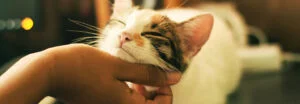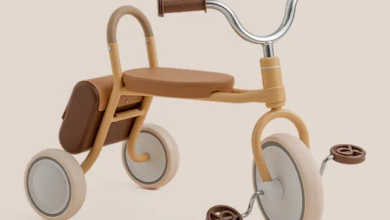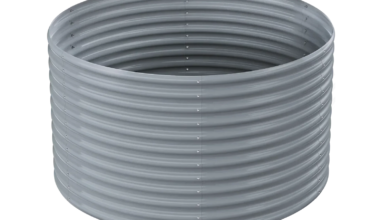5 Signs Your Cat is Happy and Healthy

Because of their mysterious and independent dispositions, cats sometimes leave their owners wondering how they’re doing. To make sure your cat has a happy and healthy life, you must know what symptoms to look out for. You can learn a lot about your feline friend’s contentment and well-being by paying attention to their behavior, physical attributes, and general manner. These are five clear indicators that your cat is doing well.
1. Playful Behavior and High Energy Levels
Playfulness and energy are two of the easiest ways to tell whether a cat is happy and healthy. Regular play sessions, toy chasing, and energetic outbursts known as the “zoomies” are signs of a happy cat. Their playful activity shows that they are both cognitively and physically active since it is a natural manifestation of their curiosity and hunting impulses.
Playing vigorously helps cats stay mentally and physically active. A cat who plays interactively with toys such as feather wands, laser pointers, or puzzle feeders on a regular basis is clearly happy and active in their surroundings. By keeping people engaged, boredom and related behavioral issues are avoided. A cheerful and energetic cat will also show indications of energy and vitality, such as exploring their environment, climbing, and even getting into trouble.
2. Appetite and Regular Eating Habits
A cat that eats healthily is generally in good condition. Healthy and happy cats are usually those who take their meals on time and show interest in what they are eating. Dietary changes or appetite loss can be warning signs of possible health problems. As a result, keeping an eye on a cat’s feeding patterns is essential to determining their health. Frequent feeding schedules enhance a cat’s feeling of safety and satisfaction. Cats are habitual beings that need regularity to flourish. It’s crucial to provide them with wholesome, well-balanced meals that meet their nutritional requirements. A cat’s energy level, weight, and coat can all be indicators of their nutrition. A glossy coat, a healthy weight, and an abundance of energy are indicators that their dietary requirements are being satisfied.
3. Regular Litter Box Use and Good Hygiene
A cat that uses the litter box appropriately and consistently is obviously healthy and happy. A good litter box equipped with accessories for cats such as an external litter mat and box liners is essential for great hygiene. Since cats are inherently tidy creatures, keeping their litter box clean is vital to their comfort and hygiene. A cat is typically in excellent health if it uses the litter box on a regular basis and has normal bowel and urine motions. A shift in the litter box’s behaviors, such as frequent urinating, straining, or accidents outside the box, is a sign of gastrointestinal disorders, renal difficulties, or urinary tract infections. Keeping the litter box clean promotes frequent usage and aids in the prevention of health problems. To keep the cat comfortable, the litter box must be kept in a calm, easily accessible location and cleaned regularly. Keeping an eye on a cat’s excretion habits might provide important information about their health.
4. Grooming and Coat Condition
Because cats are such good groomers, having a well-groomed coat is a good sign that your cat is content and in good health. Frequent brushing minimizes shedding, avoids matting, and keeps a cat’s hair tidy. A cat that grooms themselves is exhibiting normal feline behavior and improving their general comfort and hygiene. A cat’s coat condition is an indicator of their overall health. Good health is indicated by a glossy, silky coat free of bald patches and excessive shedding. A dull, oily, or disheveled coat, on the other hand, can indicate underlying medical issues, stress, or inadequate diet. Cats that regularly groom themselves are likewise more relaxed and less stressed.
5. Social Interaction and Affection
Happy and healthy cats are often those who actively seek out social connections and show love. Cats are known to be independent, yet they often develop close relationships with other pets and their human friends. A cat that shows trust and satisfaction when it seeks your company, purrs when it’s happy, and likes being caressed.
Different cats express their devotion in different ways, such as by cuddling, kneading, and head-butting. These actions indicate a cat is comfortable and happy in addition to being expressions of affection. For example, purring is often an indication of a happy cat, yet it can also be a symptom of discomfort. Understanding a cat’s emotional condition can be aided by observing the circumstances in which they purr. In addition, a sociable cat will want to sleep next to you, accompany you about the home, and perch on your lap.
Conclusion
It takes observation of a cat’s behavior, appetite, grooming routine, social interactions, and usage of the litter box to identify the telltale indicators of a happy and healthy cat. Every one of these factors provides important information about your cat’s mental and physical health, assisting in making sure they have a happy and meaningful life. You can give your feline companion the finest care possible and promote their happiness by keeping an eye out for these signs.




